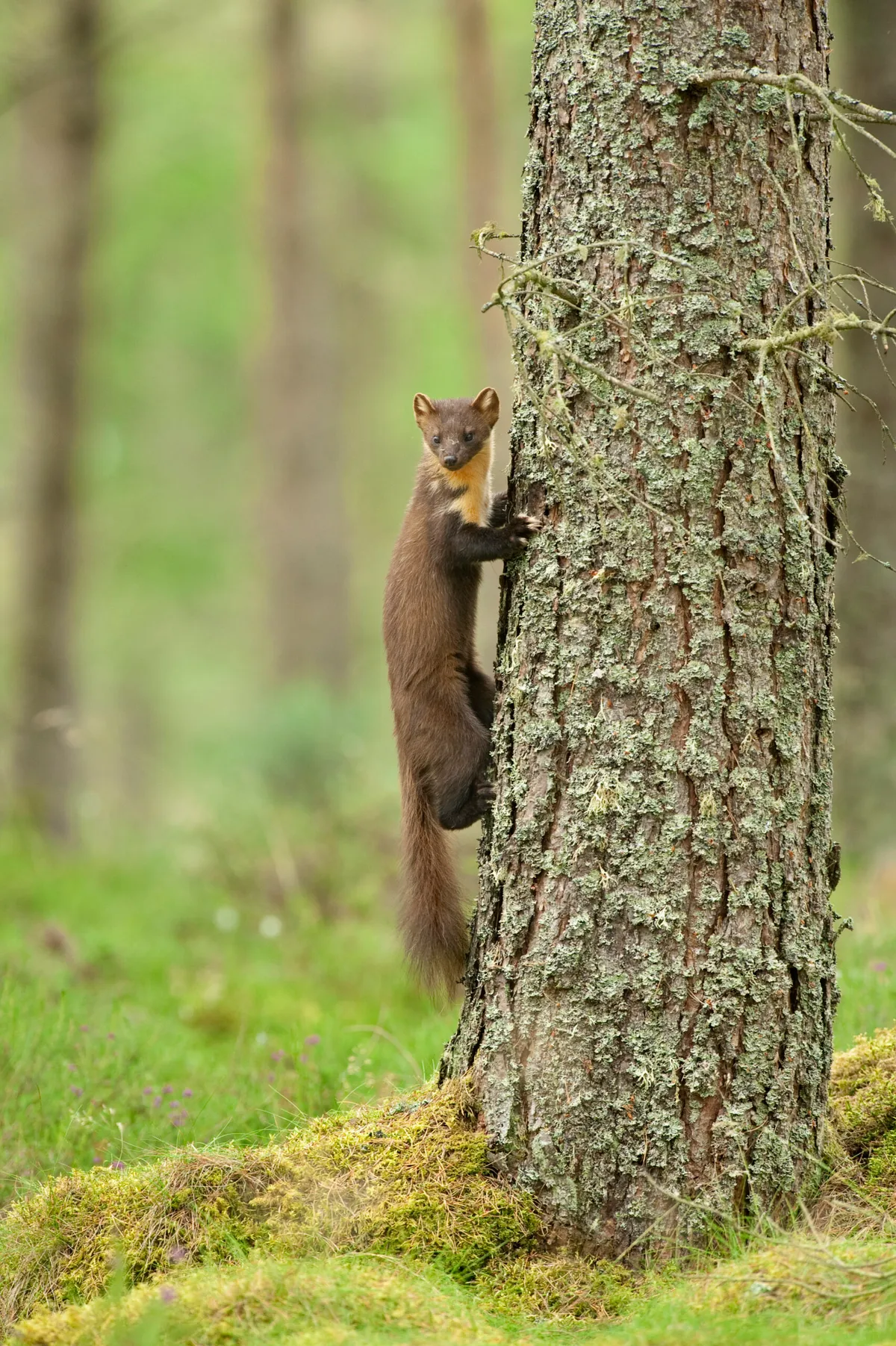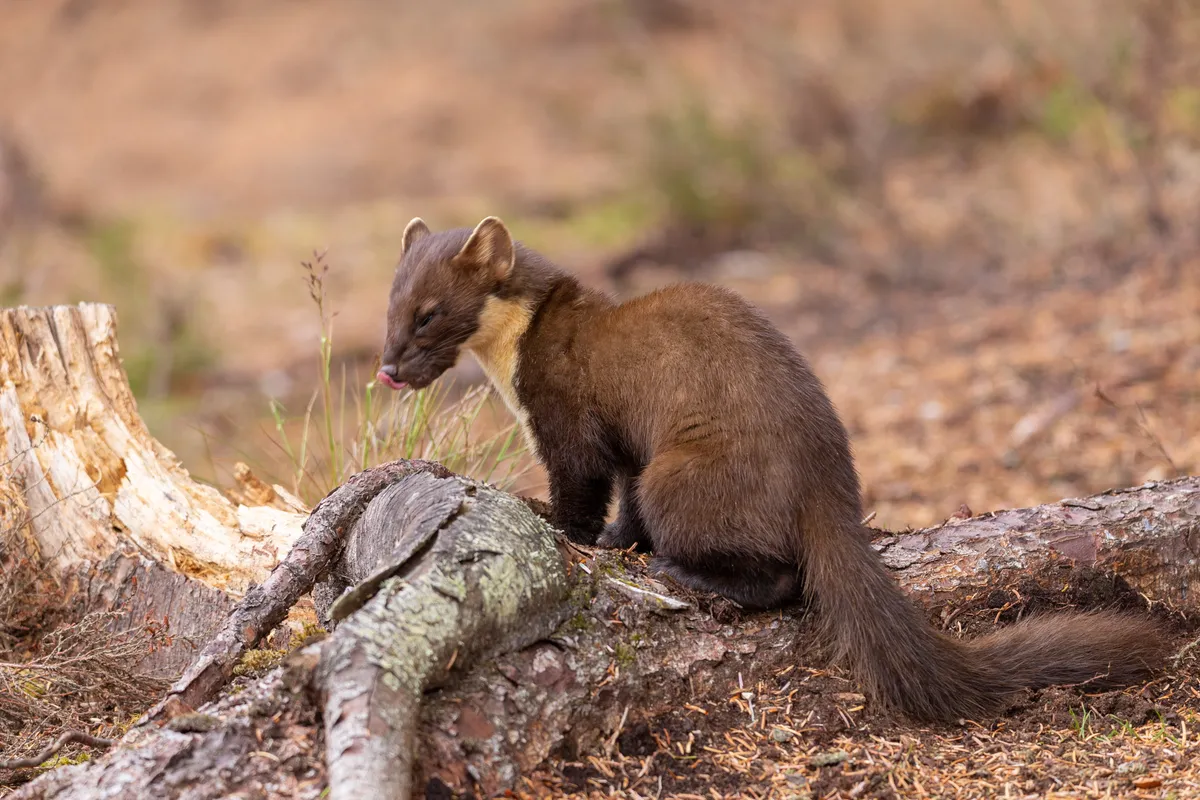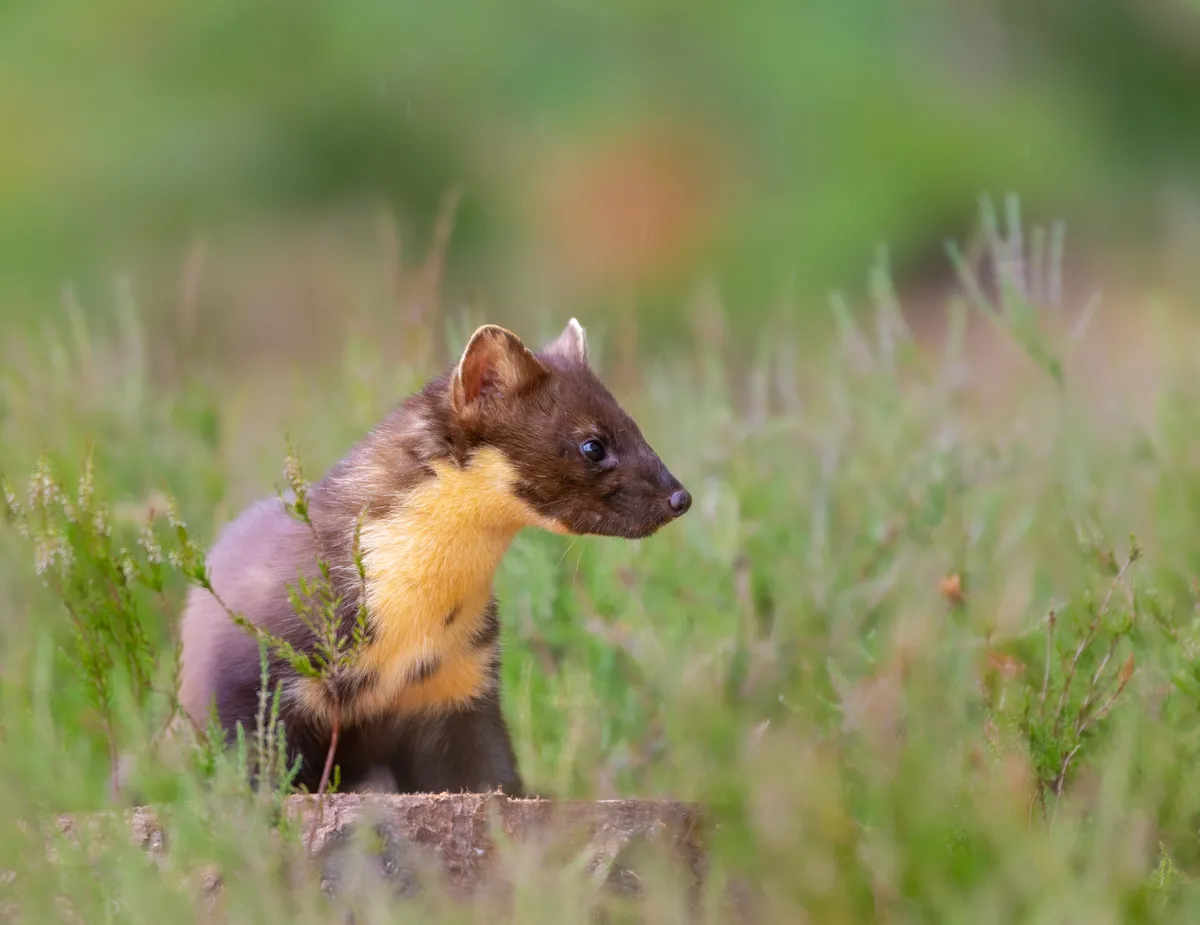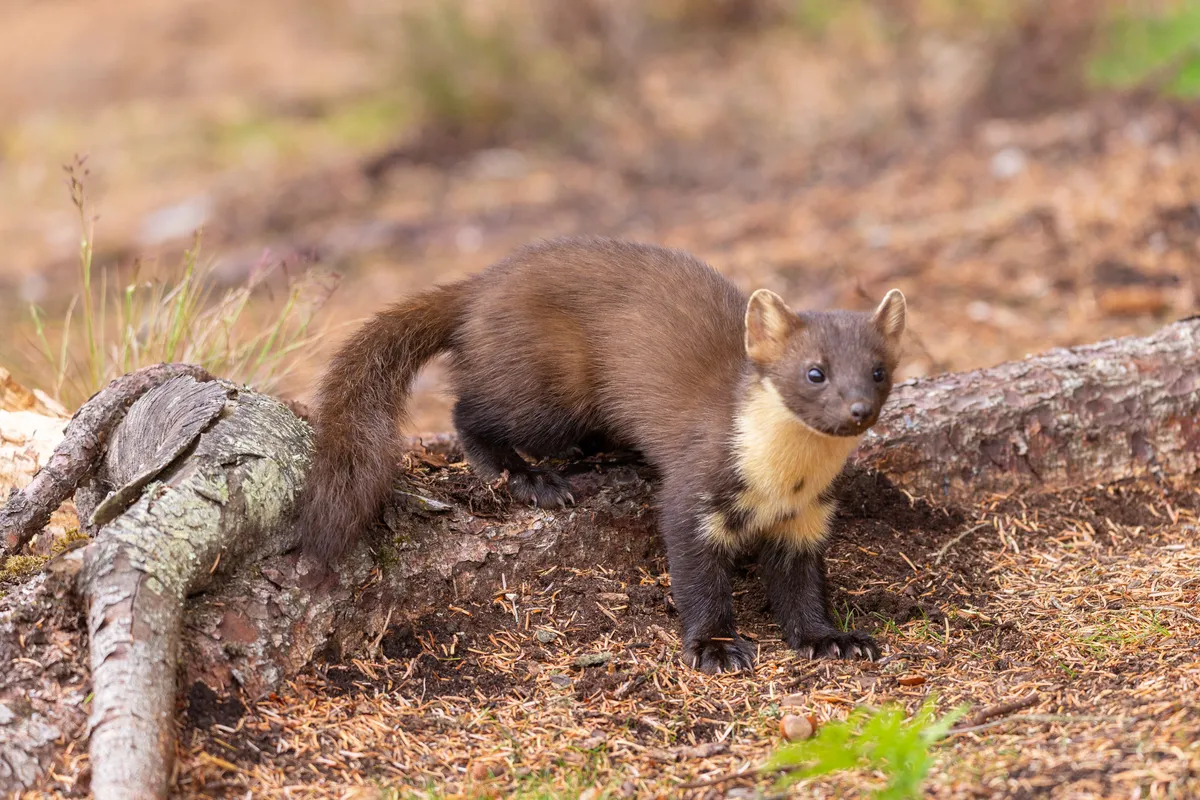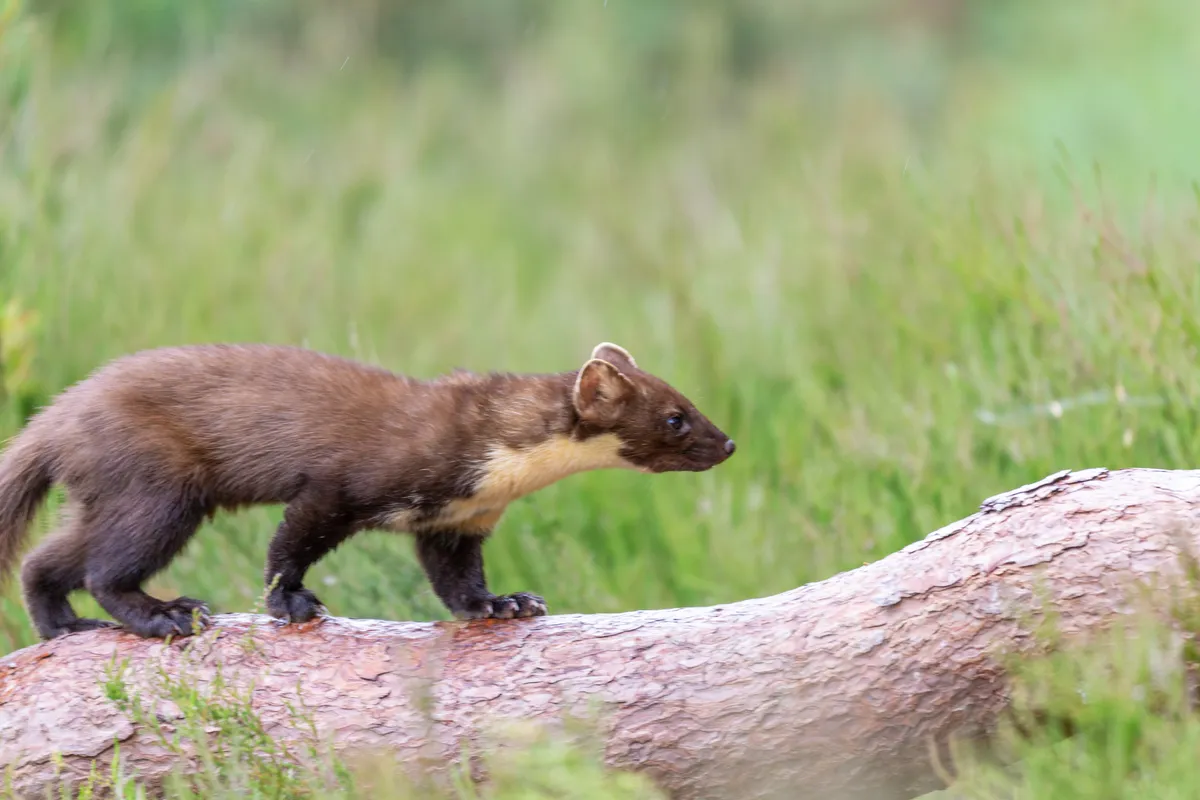Scotland's pine martens are making the most of artificial nest boxes in Galloway Forest, thermal imaging cameras have revealed.
The animals are inhabiting the artificial den boxes installed in the forest to raise their young and shelter during the harsh weather of winter months.
Over the past 12 months, the Forestry and Land Scotland team have been trialling thermal imaging cameras to monitor the pine martens' use of artificial nest boxes. This spring, the handheld cameras detected the presence of a number of baby pine martens, known as kits, in the forest's boxes.
Trail cameras - fitted by the Dumfries and Galloway Pine Marten Group - were subsequently fitted to 14 of the boxes to document the movements of the families.
Footage captured on one camera shows the mother relocating her month-old kits, one at a time, down to a denning site nearer ground level, in order to avoid injury as they become more mobile and playful.
Why use nest boxes?
The FLS team erect artificial nest boxes in areas where the red squirrel population is under threat from disease-carrying grey squirrels. Pine martens are a natural tool to assist in grey squirrel management as they predate on squirrels - and prefer to hunt the slower-moving greys rather than the reds.
Over 100 artificial nest boxes were placed in Galloway Forest, a national red squirrel stronghold, in order to help boost pine marten numbers and control the grey squirrel population.
Slow breeders, pine martens like to den in safe, warm and dry tree cavities, which are in short supply in plantation and productive forests. Artificial dens provide alternative shelter - these roofed wooden boxes are installed around five metres off the ground, with wood shavings inside for cosy accommodation.
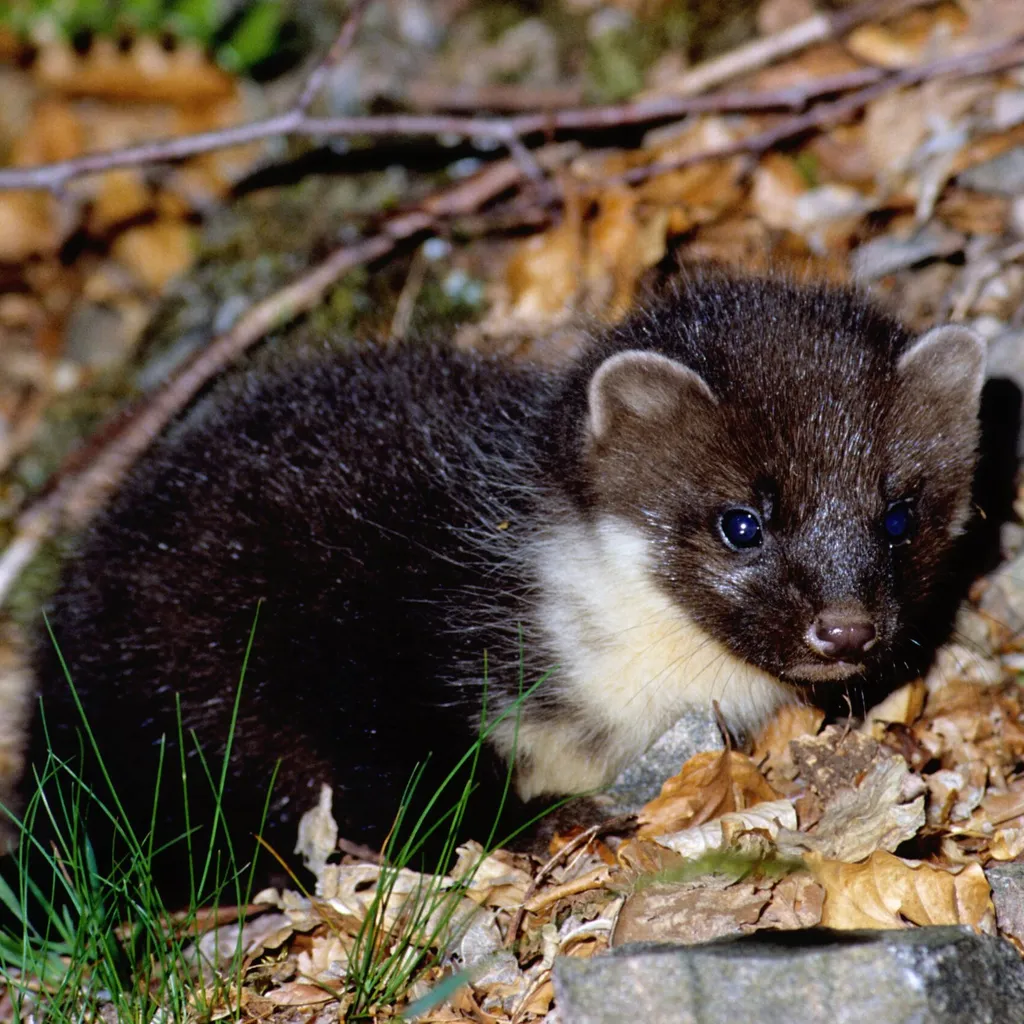
Monitoring pine martens
The handheld thermal imaging cameras can detect a heat source in the pine marten den boxes all year round, especially during crucial periods such as in spring, when pine marten kits are born and also in winter, when den boxes are used for shelter in harsh weather.
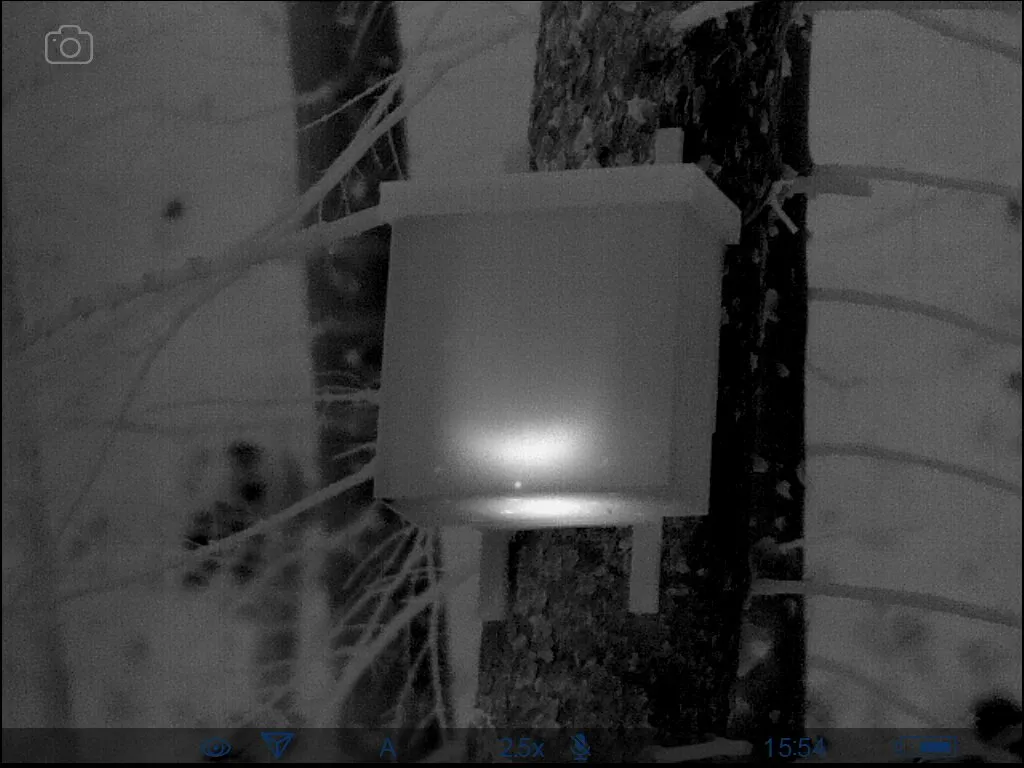
Over summer, pine marten kits become more adventurous and begin making hunt trips away from the den. After sheltering over winter, they disperse to form their own territories the following spring.
Kim Kirkbride, FLS's environment forester, said: “Using the non-invasive thermal imaging camera allows us to remotely monitor how many den boxes are in use, without disturbing the inhabitants.
“We can establish whether populations of pine marten are increasing and if they’re breeding successfully. Pine martens are an important factor in grey squirrel control.
“We still have to carry out grey squirrel control, but the presence of the artificial dens in the national forest estate helps to support pine marten numbers and, importantly, the survival of the reds.”

